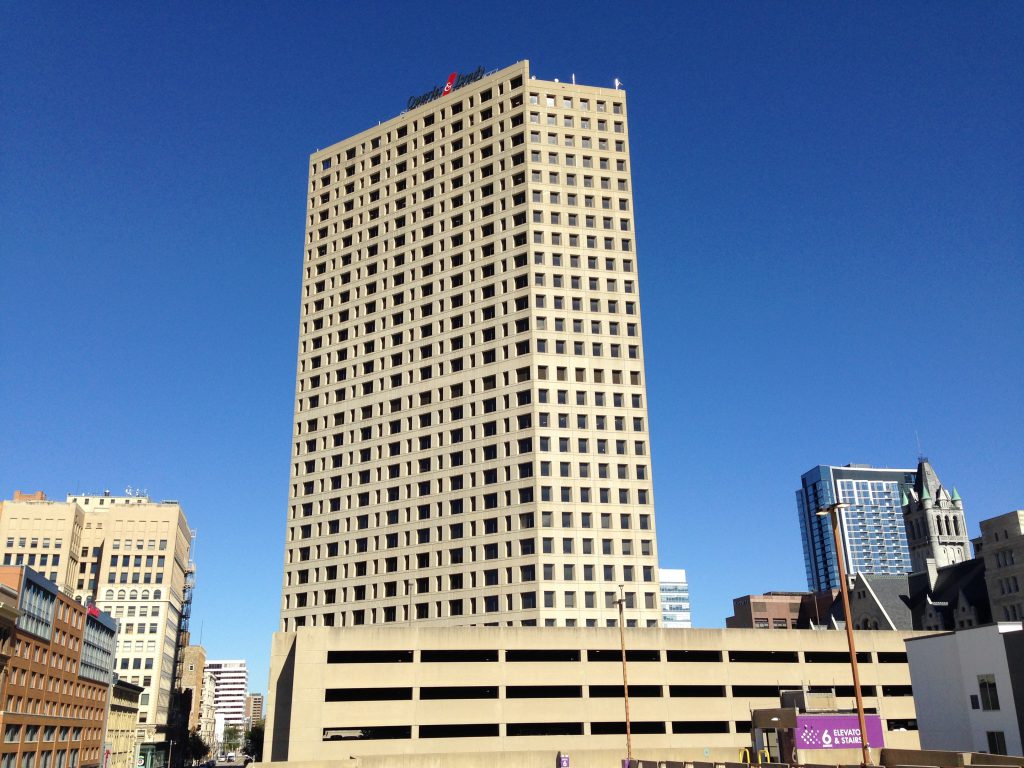How Office Work is Changing
All the city news you can use.
Every day at The Overhead Wire we sort through over 1,500 news items about cities and share the best ones with our email list. At the end of the week, we take some of the most popular stories and share them with Urban Milwaukee readers. They are national (or international) links, sometimes entertaining and sometimes absurd, but hopefully useful.
The alluring prophecy of the death of cities: For millenia cities have been a target of disdain, but they have never failed to be the center of commerce and culture. Emily Badger explores why some hoped the pandemic would be the final blow for American cities but also how they are viewed differently around the world than here in the states. (Emily Badger | New York Times)
Lumber prices falling fast: After a year of inflated prices due to the pandemic, lumber prices have fallen 40% in June alone. The reasons are many but include reduced speculative trading and a return to normal of supply chains. Prices are still way above pre-pandemic averages of $350 to $500 per board foot and are now averaging $770 per board foot. (Niall Patrick Walsh | Archinect)
25 cities account for majority of emissions: Sampling of 167 cities in 53 countries around the world, researchers found that just 25 cities created over 52% of emissions from the sample cities. All but three of the 25 cities were in China. The analysis also found that cities in richer countries had higher per capita emissions and in many cities, transportation accounted for up to 30%. (Zack Budryk | The Hill)
Why does utopian architecture suck?: There’s a broad trend in utopian architecture to design places that say they are sustainable and resilient but are really neither, and in reality just exercises in disguised exploitative capitalism. Who are they really for and what are they really trying to accomplish? We already have the tools to create sustainable places but really we need the policital will to make them happen. (Kate Wagner | The Nation)
Quote of the Week
The damage and destruction is where the terror lies. We fear it is eating into our foundation.
-Chicago resident Jera Slaughter discussing the impact of changes in Lake Michigan levels on her 100 year old building in an interactive New York Times piece.
This week on the podcast, Alex Hoffman, assistant director for CID Planning at the City of El Paso joins the show.
Want more links to read? Visit The Overhead Wire and signup.
If you think stories like this are important, become a member of Urban Milwaukee and help support real, independent journalism. Plus you get some cool added benefits.
Urban Reads
-
Oakland Launches Universal Basic Mobility Program
 Jul 21st, 2024 by Jeff Wood
Jul 21st, 2024 by Jeff Wood
-
How Traffic Noise Impacts Children’s Brains
 Jul 1st, 2024 by Jeff Wood
Jul 1st, 2024 by Jeff Wood
-
Number of Super Commuters is Rising
 Jun 22nd, 2024 by Jeff Wood
Jun 22nd, 2024 by Jeff Wood






















